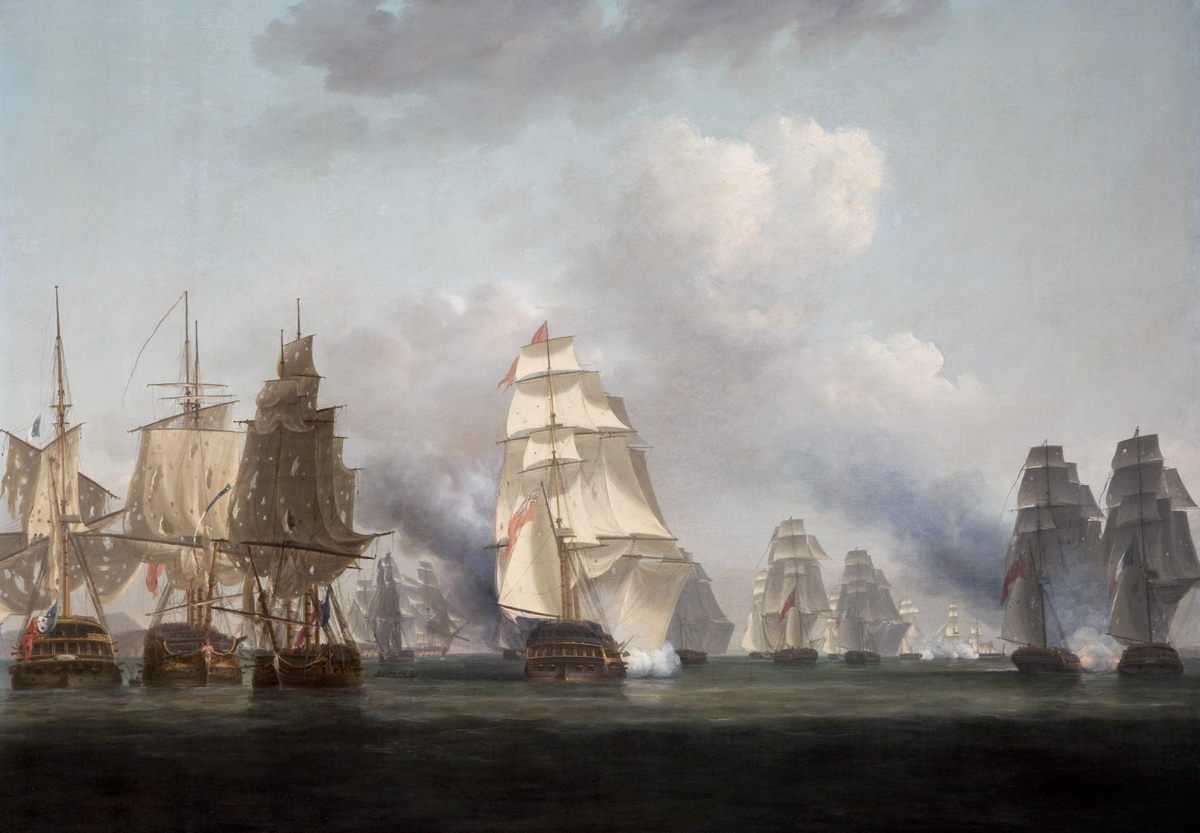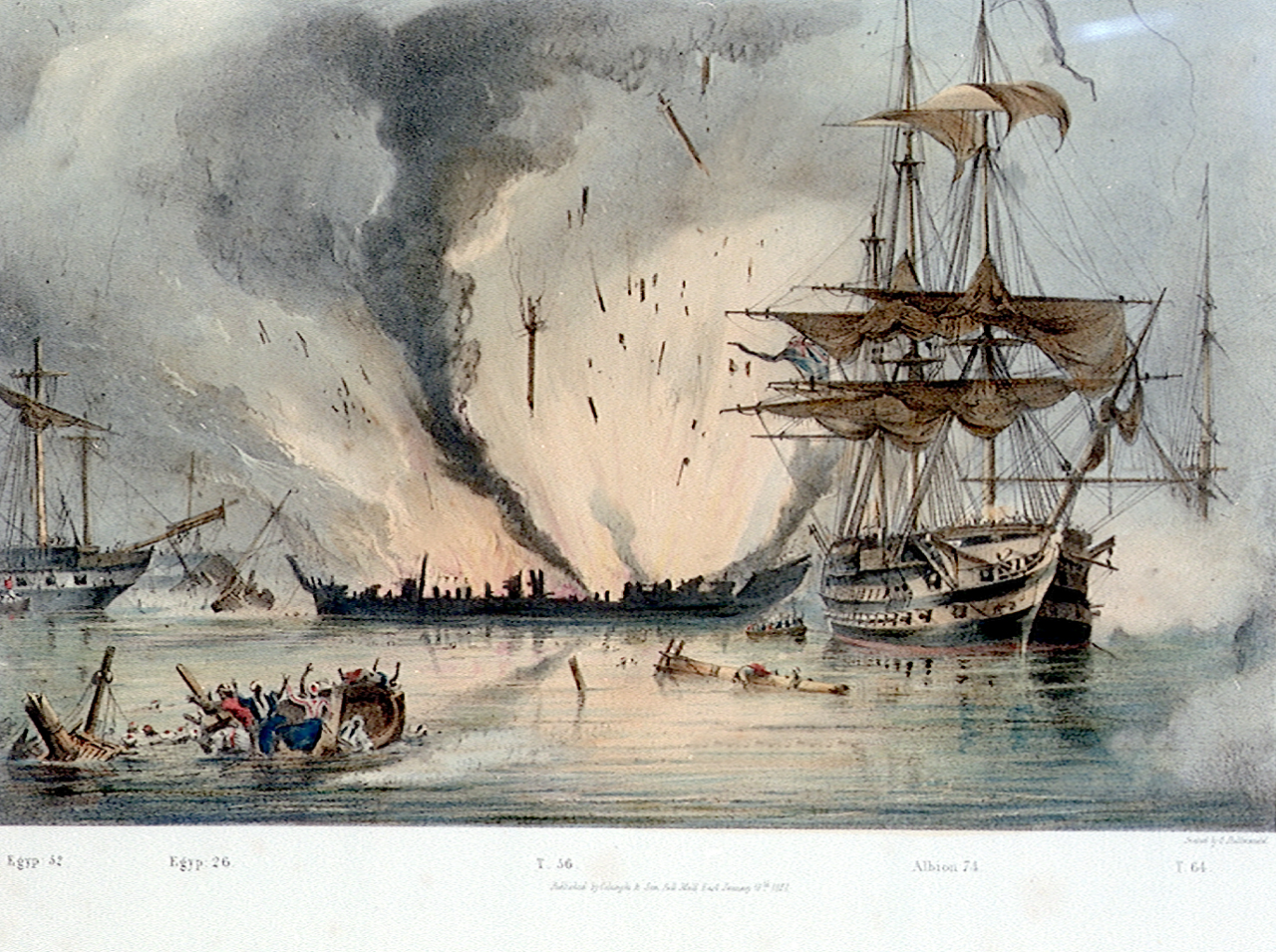|
Alexander Fordyce (politician)
Alexander Dingwall Fordyce of Culsh and Brucklay (4 March 1800 – 16 July 1864) was a British naval officer and Whig politician. Life He was born in Aberdeen the son of William Dingwall Fordyce of Techmuiry and Culsh, and his wife, Margaret Ritchie. At the age of 13, Fordyce entered the navy as a volunteer on board the '' Désirée'' where he was commanded by his relative, Captain Arthur Farquhar, and was actively employed at the blockade of the German rivers, and at the reduction of Cuxhaven in December 1813 and Glückstadt in January 1814. After this, he followed Farquhar on board the ''Liverpool'', serving on this ship from 1814 to 1816, and becoming involved in the blockade of Île Bourbon. Upon his return to England, he is believed to have been almost lost off Dover, with the frigate having taken ground at the foot of Shakespeare's Cliff, only freed when masts and spars were cut away, and guns, provisions and stores were thrown overboard. In April 1816, he became on ... [...More Info...] [...Related Items...] OR: [Wikipedia] [Google] [Baidu] |
Member Of Parliament (United Kingdom)
In the United Kingdom, a member of Parliament (MP) is an individual elected to serve in the House of Commons of the Parliament of the United Kingdom. Electoral system All 650 members of the UK House of Commons are elected using the first-past-the-post voting system in single member constituencies across the whole of the United Kingdom, where each constituency has its own single representative. Elections All MP positions become simultaneously vacant for elections held on a five-year cycle, or when a snap election is called. The Fixed-term Parliaments Act 2011 set out that ordinary general elections are held on the first Thursday in May, every five years. The Act was repealed in 2022. With approval from Parliament, both the 2017 and 2019 general elections were held earlier than the schedule set by the Act. If a vacancy arises at another time, due to death or resignation, then a constituency vacancy may be filled by a by-election. Under the Representation of the People Act 198 ... [...More Info...] [...Related Items...] OR: [Wikipedia] [Google] [Baidu] |
Ship Grounding
Ship grounding or ship stranding is the impact of a ship on seabed or waterway side. It may be intentional, as in beaching to land crew or cargo, and careening, for maintenance or repair, or unintentional, as in a marine accident. In accidental cases, it is commonly referred to as "running aground". When unintentional, grounding may result simply in stranding, with or without damage to the submerged part of the ship's hull. Breach of the hull may lead to significant flooding, which in the absence of containment in watertight bulkheads may substantially compromise the ship's structural integrity, stability, and safety. As hazard Severe grounding applies extreme loads upon ship structures. In less severe accidents, it might result only in damage to the hull; however, in most serious accidents, it might lead to hull breaches, cargo spills, total loss of the vessel, and, in the worst cases, human casualties. Grounding accounts for about one-third of commercial ship accidents,Kit ... [...More Info...] [...Related Items...] OR: [Wikipedia] [Google] [Baidu] |
HMS Weazel (1822)
Eleven ships of the Royal Navy have borne the name HMS ''Weazel'' or HMS ''Weazle'', archaic spellings of weasel, while another was planned: * was a 10-gun sloop launched in 1704 and sold in 1712. * was an 8-gun sloop launched in 1721 and sold in 1732. * was a 16-gun sloop purchased on the stocks and launched in 1745. The French frigate captured her in 1779 in the West Indies. The French took her to the French Antilles where they removed her guns for Admiral d'Estaing's squadron. They then sold her at Guadeloupe in 1781. * was a 14-gun brig-sloop launched in 1783 and wrecked while attempting to leave Barnstaple Bay on 12 February 1799. She vainly fired signals of distress before she broke up; her purser was the only survivor of her crew of 106 men and boys. * was a 16-gun brig-sloop launched in 1799 and purchased that year. She was wrecked on 1 March 1804 off Cabritta Point near Gibraltar with the loss of one man of her crew of 70. * was an 18-gun launched in 1805 and s ... [...More Info...] [...Related Items...] OR: [Wikipedia] [Google] [Baidu] |
Harry Burrard-Neale
Rear admiral Sir Harry Burrard Neale, 2nd Baronet (born Burrard; 16 September 1765 – 7 February 1840) was a British officer of the Royal Navy, and Member of Parliament for Lymington. He was the son of William Burrard, the governor of Yarmouth Castle on the Isle of Wight, and nephew of Sir Harry Burrard, 1st Baronet, of Walhampton, whom he succeeded in 1791. In 1795, he adopted the additional name of Neale on his marriage to Grace, daughter of Robert Neale of Shaw House, Wiltshire. Naval career Educated at Christchurch Grammar School, Burrard joined the Royal Navy in 1778. He was present at the Siege of Charleston in 1780 during the American Revolutionary War. Burrard distinguished himself during the mutiny at the Nore in 1797. He was one of the Lords of the Admiralty between 1804 and 1807, and was promoted to rear-admiral on 31 July 1810. He was engaged at the action of 13 March 1806 during the Napoleonic Wars aboard HMS ''London''. He was invested as a Knight Commander ... [...More Info...] [...Related Items...] OR: [Wikipedia] [Google] [Baidu] |
Graham Moore (Royal Navy Officer)
Admiral Sir Graham Moore, (1764–1843) was a Royal Navy officer. As a junior officer he took part in the Great Siege of Gibraltar during the American Revolutionary War. As captain of the frigate , he took part in the Battle of Tory Island in October 1798, capturing the two days later, during the French Revolutionary Wars. He went on to be First Naval Lord, then Commander-in-Chief, Mediterranean Fleet, and finally, Commander-in-Chief, Plymouth. He was the younger brother of General Sir John Moore. Naval career Moore was born in Glasgow, Scotland, the son of Jean Simson and John Moore, doctor and author. He entered the Navy in 1777 at the age of 13. He was promoted to lieutenant on 8 March 1782 to serve aboard , taking part in the relief of Gibraltar under Lord Howe, and the subsequent battle of Cape Spartel in October. During the peace he travelled through France, but was recalled to serve aboard , , and then , the flagship of Sir Richard Hughes on the North American Stati ... [...More Info...] [...Related Items...] OR: [Wikipedia] [Google] [Baidu] |
Thomas Fremantle (Royal Navy Officer) (1862–1956), expert rifleman and Olympian
{{hndis, Fremantle, Thomas ...
Thomas Fremantle may refer to: *Thomas Fremantle (Royal Navy officer) (1765–1819), British admiral and friend of Lord Nelson *Thomas Fremantle, 1st Baron Cottesloe (1798–1890), Conservative politician *Thomas Fremantle, 2nd Baron Cottesloe (1830–1918), British businessman and politician *Thomas Fremantle, 3rd Baron Cottesloe Thomas Francis Fremantle, 3rd Baron Cottesloe, 4th Baron Fremantle (5 February 1862 – 9 July 1956) was a British peer and sportsman who competed in the shooting event at the 1908 Summer Olympics. Biography Early life Thomas Francis Fremantl ... [...More Info...] [...Related Items...] OR: [Wikipedia] [Google] [Baidu] |
Charles Penrose (Royal Navy Officer)
Vice-Admiral Sir Charles Vinicombe Penrose (20 June 1759 – 1 January 1830) was a Royal Navy officer who went on to be Commander-in-Chief, Mediterranean Fleet. Naval career Penrose joined the Royal Navy in 1775. He took part in the Battle of Dogger Bank in 1781 and the capture of Martinique in 1793. In 1794 he became Commander in HMS ''Lynx''. He later commanded HMS ''Cleopatra'', HMS ''Resolution'', HMS ''Sans Pareil'' and HMS ''Carnatic''. During 1813 he commanded a small squadron operating off northern Spain and south-western France with his flag in HMS ''Porcupine''. He coordinated naval support for the crossing of the river Adour in early 1814 that allowed the Anglo-Portuguese Army to isolate and invest Bayonne.Nauticus, p. 95 He went on to become Commander-in-Chief, Mediterranean Fleet in Autumn 1814. He remained in this role until May 1815 when Viscount Exmouth Viscount Exmouth, of Canonteign in the County of Devon, is a title in the Peerage of the United Kin ... [...More Info...] [...Related Items...] OR: [Wikipedia] [Google] [Baidu] |
Mediterranean Sea
The Mediterranean Sea is a sea connected to the Atlantic Ocean, surrounded by the Mediterranean Basin and almost completely enclosed by land: on the north by Western and Southern Europe and Anatolia, on the south by North Africa, and on the east by the Levant. The Sea has played a central role in the history of Western civilization. Geological evidence indicates that around 5.9 million years ago, the Mediterranean was cut off from the Atlantic and was partly or completely desiccated over a period of some 600,000 years during the Messinian salinity crisis before being refilled by the Zanclean flood about 5.3 million years ago. The Mediterranean Sea covers an area of about , representing 0.7% of the global ocean surface, but its connection to the Atlantic via the Strait of Gibraltar—the narrow strait that connects the Atlantic Ocean to the Mediterranean Sea and separates the Iberian Peninsula in Europe from Morocco in Africa—is only wide. The Mediterranean Sea e ... [...More Info...] [...Related Items...] OR: [Wikipedia] [Google] [Baidu] |
HMS Revenge (1805)
HMS ''Revenge'' was a 74-gun third-rate ship of the line of the Royal Navy, launched on 13 April 1805. Sir John Henslow designed her as one of the large class 74s; she was the only ship built to her draught. As a large 74, she carried 24-pounder guns on her upper gun deck, rather than the 18-pounder guns found on the middling and common class 74s. Career Newly commissioned, and captained by Robert Moorsom, she fought at the Battle of Trafalgar, where she sailed in Collingwood's column. ''Revenge'' was engaged at the Battle of Basque Roads in April 1809 under Captain Alexander Robert Kerr. In October 1810, ''Revenge'' captured the French privateer cutter ''Vauteur'' off Cherbourg after a five-hour chase. ''Vauteur'' had been armed with 16 guns, but she threw 14 of them overboard during the chase. She had been out of Dieppe for 45 hours but had made no captures. She was the former British cutter ''John Bull'', of Plymouth, and was restored to Plymouth on 19 October. Th ... [...More Info...] [...Related Items...] OR: [Wikipedia] [Google] [Baidu] |
HMS Rochfort (1814)
HMS ''Rochfort'' was a 74-gun third rate ship of the line of the Royal Navy, launched on 6 August 1814 at Milford Haven. She was designed by the French émigré Jean-Louis Barrallier, and was the only ship built to her draught. A second ship, ''Sandwich'', was cancelled in 1811 before construction could be completed. ''Lloyd's List'' reported in May 1817 that the Revenue cutter ''stork'' and ''Rochefort''s tender "Cornelian" had recaptured the ship ''Catherina'', of and from Hamburg for Lisbon, and the galiot A galiot, galliot or galiote, was a small galley boat propelled by sail or oars. There are three different types of naval galiots that sailed on different seas. A ''galiote'' was a type of French flat-bottom river boat or barge and also a flat- ... ''Catherina'', of Oldenborg from Antwerp for Havre, which a schooner had captured on 27 May. The British also captured the schooner and brought all three vessels into Dover. Fate ''Rochfort'' was broken up in 1826. Cita ... [...More Info...] [...Related Items...] OR: [Wikipedia] [Google] [Baidu] |
HMS Albion (1802)
HMS ''Albion'' was a 74-gun third-rate ship of the line of the Royal Navy. She was launched at Perry's Blackwall Yard on the Thames on 17 June 1802. She was broken up at Chatham Dockyard in 1836. Napoleonic Wars In May 1803 she was under the command of Captain John Ferrier and joined Admiral Cornwallis' fleet, which was blockading the vital French naval port of Brest. ''Albion'' was among the vessels of the squadron that shared in the proceeds of the capture of: :''Juffrow Bregtie Kaas'' (30 May 1803); :''Eendraght'' (31 May); :''Morgen Stern'' (1 June); :''Goede ferwachting'' (4 June); :''De Vriede'' (5 June). ''Albion'' was soon detached from the fleet to deploy to the Indian Ocean where she was to remain for several years. ''Albion'' and left Rio de Janeiro on 13 October, escorting ''Lord Melville'', ''Earl Spencer'', ''Princess Mary'', ''Northampton'', ''Anna'', ''Ann'', ''Glory'', and ''Essex''. They were in company with the 74-gun third rate ship of the line , ... [...More Info...] [...Related Items...] OR: [Wikipedia] [Google] [Baidu] |



